

16 Day Antarctica Itinerary
Day 1: Buenos Aires
Buenos Aires has a unique rhythm. Ask a local, and they will tell you that the vibrancy of the city comes from the melting pot of cultures. Portenos are people with roots in many different countries, and they bring their cultures along. This is a mixture of romance, Maradona fans, colonial architecture from the Old World, and delicious food.
Spend one night in a city hotel before taking an early morning flight. You may have time depending on the date you arrive to see a bit of this busy capital. The beautiful Teatro Colon dates back to 1908. Visit the historical Cafe Tortoni to enjoy a Parisian coffee and chocolate-covered churros. Caminito, a colorful street museum located in La Boca's neighborhood is filled with vibrant markets and restaurants that host live folk dance and tango performances. But the party does not stop here. Palermo's upscale district, which is home to many boliche clubs and bars, stays open late into the evening.
Come a few extra days to our pre-program to explore Patagonia and extend your holiday.
Day 2: Buenos Aires/Ushuaia
Day 3 & 4: The Drake Passage
Two days are needed to sail from the United States to Antarctica. It's a great thing to have! It is the ideal amount of time for you to relax as well as prepare yourself for your adventures.
The Expedition Team is launching a series at the Science Center to prepare you for your days of exploration. The Expedition Team is divided into different specialties. They are treasures of information and stories. Learn about local wildlife, and how to follow the IAATO approved sustainability protocol if penguins and seals get too close. IAATO's guidelines explain the need to wear rubber boots that have been sterilized during any Antarctica landings, and also why it is important to vacuum all foreign particles off our clothing before.
The ship has been designed to provide you with the best possible services. You can work out at the gym or on the track. In the Wellness Spa, you can relax with a massage or steam away any soreness after a workout. The Explorer Lounge & Bar offers a variety of onboard dining options, and the three different restaurants are sure to satisfy your taste buds. The expedition can be exciting and luxurious at the same time.
Day 5 to 9: Antarctica
Antarctica is a beautiful world of untouched snow and ice. The icebergs are a part of the vast shelves and tower over the water. Ancient glaciers calve into blue-hued, tabular icebergs. It is a world without human influences. Wildlife like penguins and seals can be found here.
The wildlife in Antarctica changes with the seasons just as much as the icescapes. Whale populations, for example, increase in both number and variety from October to January. They reach their peaks in February and march, which is when you can see the most whales. The abundance of krill attracts the greatest number of whales around this time. Multiple species are seen swimming over the waters in a feeding frenzy. You might see thousands of penguins building nests and courting in November. Arriving in December, you may be captivated by the adorable penguin chicks. In March, however, it is more common to see adolescent and mature penguins learning how swim. During the summer, other birds that can fly (unlike penguins) are seen. Birdwatchers can spot cormorants and shags as well as egrets and sheathbills.
Take in the magic of Antarctica during your five-day stay. Be prepared to be blown away by the breathtaking scenery in Antarctica. Enjoy the distant mountains while strolling along the coast, or watch a pair of playful Weddell Seals playfully surface right next to your small vessel (RIB). Their large, curious eyes are also looking at you. If the weather permits, you can join in optional activities like kayaking, skiing, and even camping. Antarctica offers a variety of activities. Each landing is maximized and we choose from a variety of possible sites on the Antarctic Peninsula or its surrounding islands the very best.
The Expedition Team is able to provide lectures on a continuous basis, whether on the ship or ashore, during landings. They can also give them while navigating small boats through icebergs. Topics range from climate change and glaciology to the history of Antarctica, from its whaling days to the present. Your journey will be enhanced by the Expedition Team’s knowledge, which is invaluable.
Consider talking to the Expedition Team professional landscape and wildlife photographer about tips and tricks that will improve your photos. You will find these skills very useful if you decide to take part in any of the many Citizen Science projects. HappyWhale is one of them. You can upload any photos of whales that you see to an online database. This helps researchers monitor migration patterns, and the overall health of the populations. Your photos will not only be cherished memories but also contribute to scientific research.
Day 10 & 11: The Drake Passage
It's hard to say goodbye to Antarctica, but it is time to turn the ship back northward. Spend the two-day journey across the Drake Passage looking through all your amazing photos from Antarctica and adding another memory card to prepare for the next adventure. Workshops are also available where you can use your Antarctica memories to paint penguins, or learn how to tie sailor knots.
There will be plenty of activity at the Science Center. Expedition Team presentations will be sure to energize you for your last few days in the Falkland islands. The lectures will cover the turbulent history of the Falkland Islands, as well as the bird species that can be seen on their beaches. You can examine the water samples using advanced microscopes at the Science Center between lectures. Discover a variety of micro-organisms such as krill, phytoplankton and more. This is all part of a valuable Citizen Science project.
Day 12 to 14: The Falkland Islands
The remote Falkland Islands archipelago is split between the two main islands: East and West Falkland, and nearly 800 smaller islands. For many years, both the United Kingdom and Argentina have claimed sovereignty over the islands.
Your three days of exploration here, along with each day’s landing sites, will be determined by local weather conditions at the time. After the barren, white scenery of Antarctica, it may be reassuring to see grassy hills, blooming wildflowers, stunning white-sand beaches and turquoise waters! It won’t be too different, though, especially since several thousand penguins will be there for you to catch sight of, too! These few days will entail an attempt to view these penguin colonies, which often have families of fur seals sprinkled in among them. We will keep a safe distance, of course, in order not to disturb them or their tuxedoed neighbors.
For the first time in more than a week, you’ll spot signs of civilization in the family-owned farms scattered along the island, and in the capital of Stanley on East Falkland, where 80% of the islands’ population live. When you visit, you’ll find that the town is a slice of typical English life. Watch for the iconic red buses and phone booths, and of course the typical old pubs serving up British beer and friendly banter.
Day 15: At Sea
Day 16: Ushuaia/Buenos Aires
It's time for the ship to dock in Ushuaia after two weeks of exploring Antarctica and Falklands. We have shared a journey that has been emotional and epic. When it's time to say goodbye, you might shed some tears.
We hope that your expedition with us will leave you with a lasting memory of what can be achieved when sustainable practices are used. It is important that we do all we can to preserve these habitats, and their wonderful wildlife.
You will fly to Buenos Aires after the transfer. You can either fly back home from there or keep exploring. You're in Argentina so why not make the most out of your stay? Join a Post-Program at the Iguazu Fall!


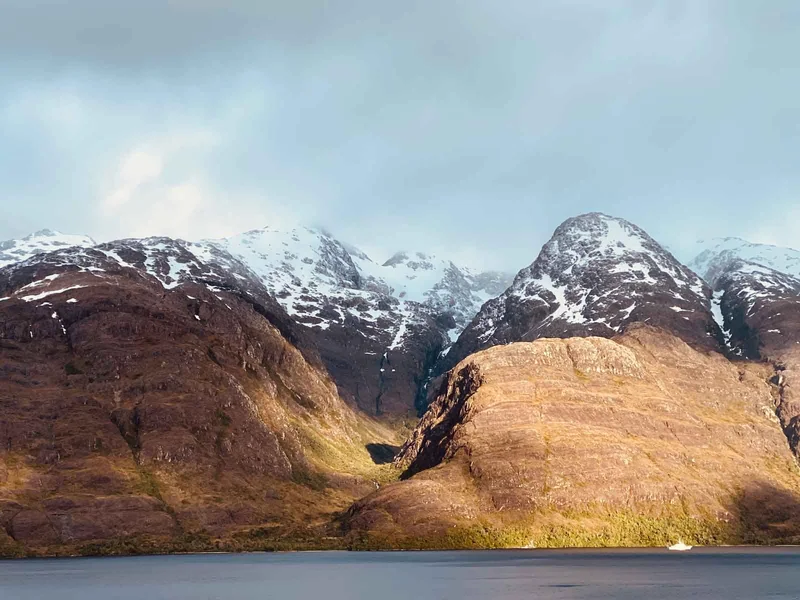
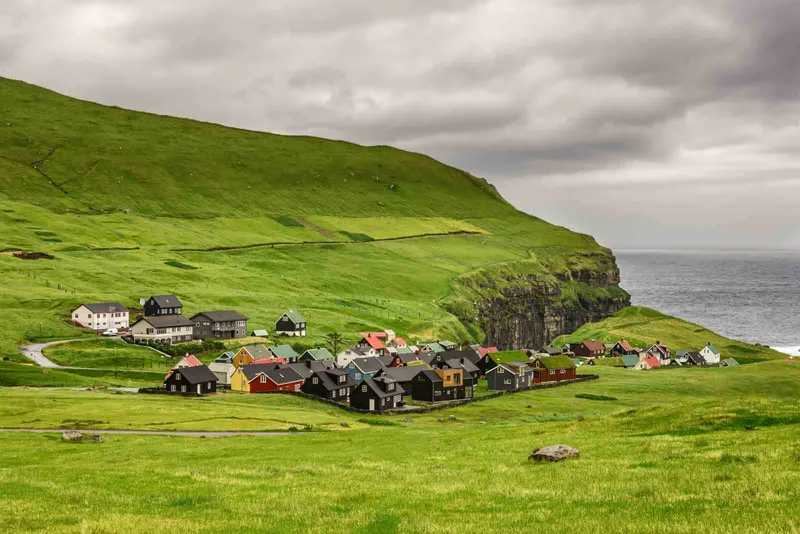
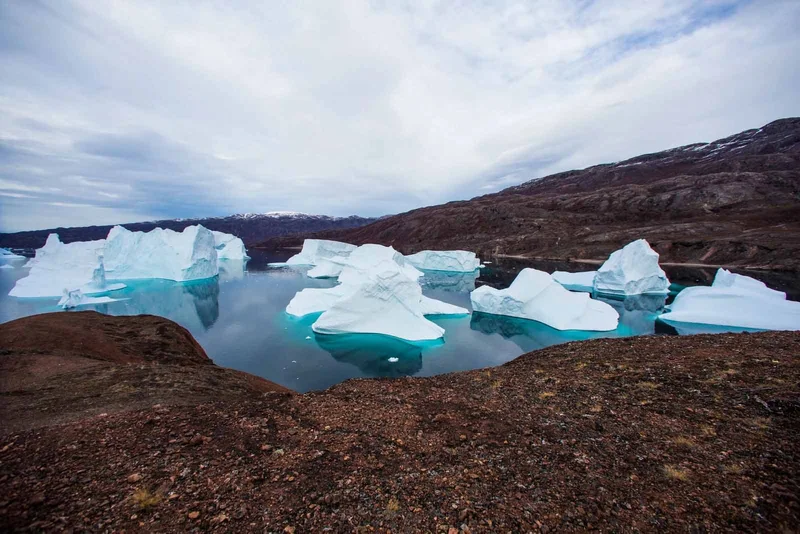
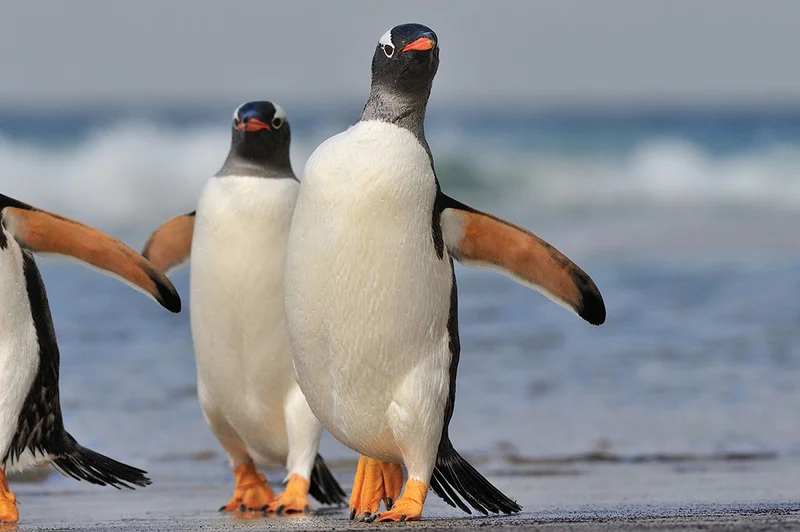

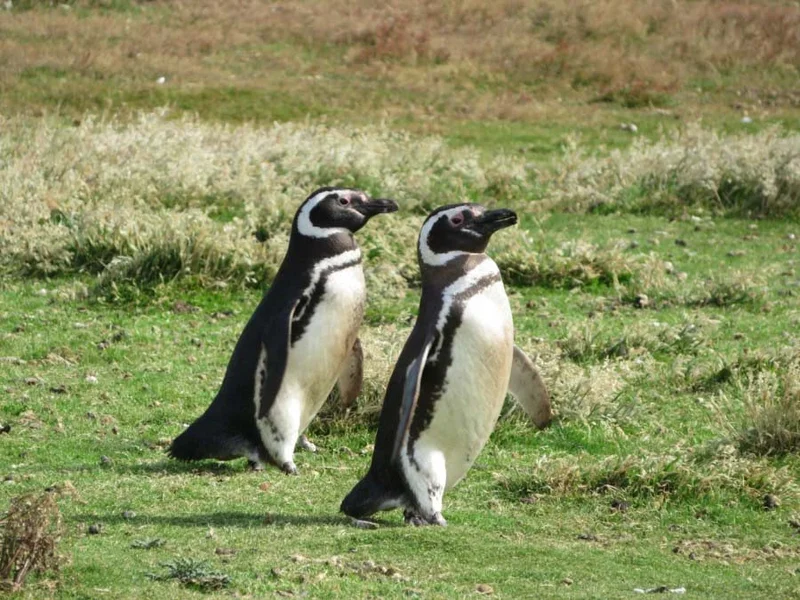
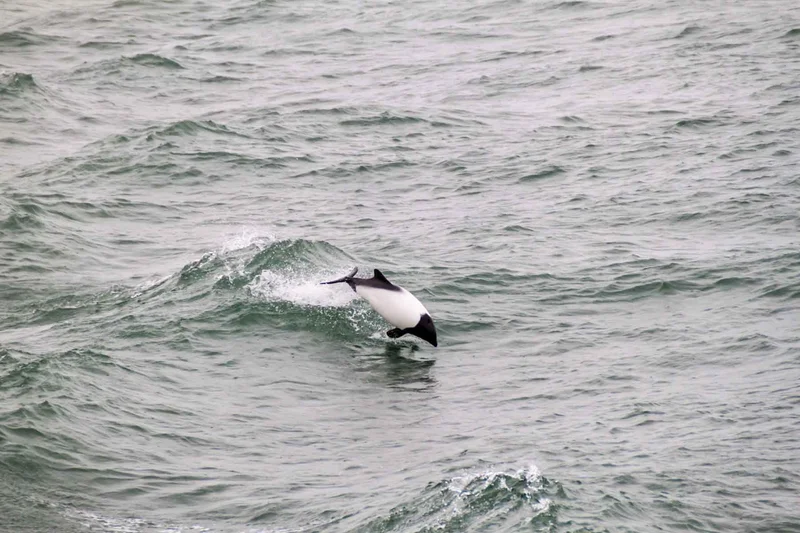

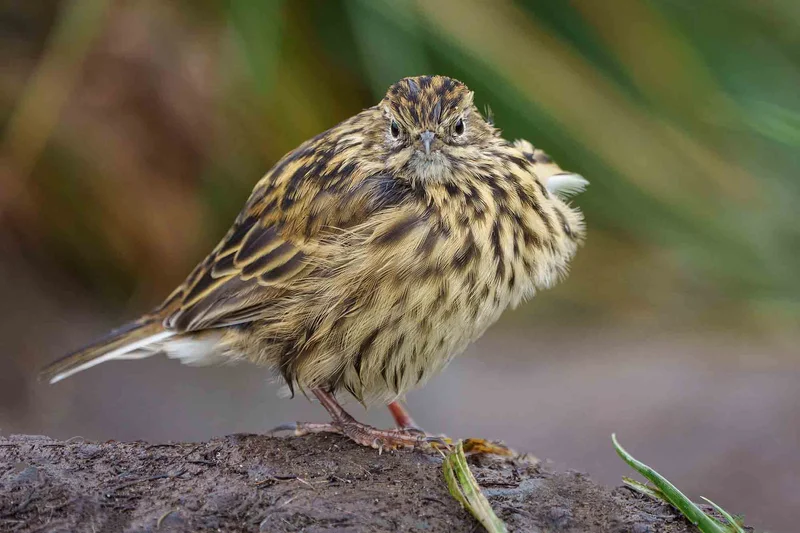

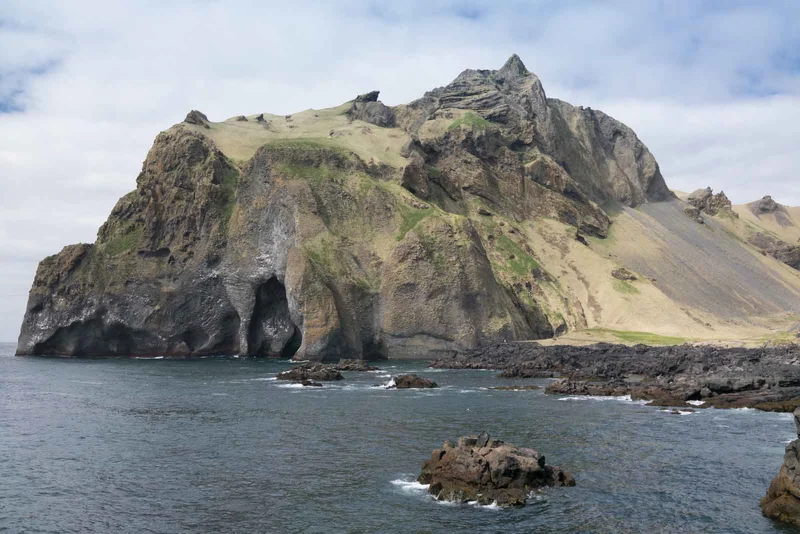

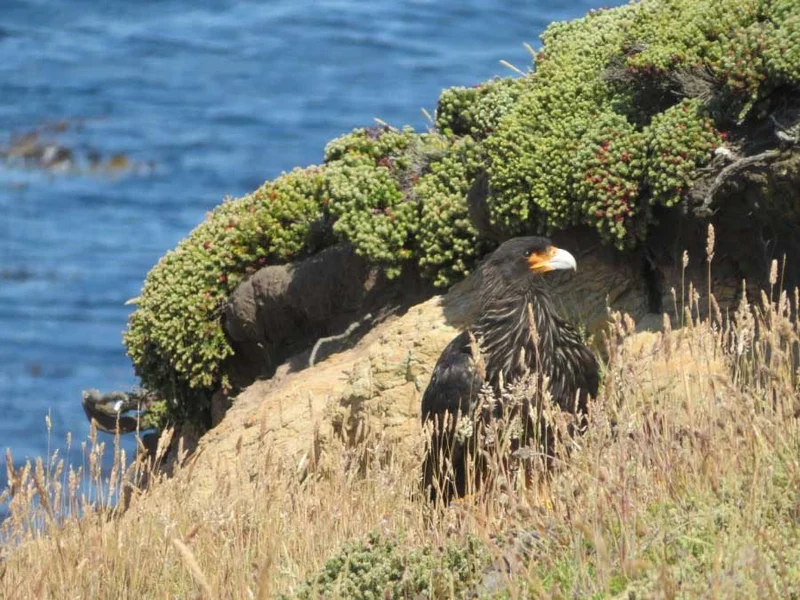
16 Day Antarctica Itinerary Includes
- Stay in a cabin of your choice
- Breakfast, lunch, and dinner, including beverages* at the restaurant Aune
- Fine-dining À la carte restaurant Lindstrøm is included for suite guests
- Complimentary tea and coffee
- Complimentary Wi-Fi on board
- Complimentary reusable water bottle
- English-speaking Expedition Team who organize and guide activities, both on board and ashore
- Range of included activities
16 Day Antarctica Itinerary Does not Include
- International flights
- Additional night(s) if required due to international flight schedules
- Travel protection
- Baggage handling
- Optional shore excursions with our local partners
- Optional small-group activities with our Expedition Team
16 Day Antarctica Itinerary Highlights
- Explore iconic landmarks of Buenos Aires before embarking on your Antarctic adventure.
- Witness penguins, seals, and whales in Antarctica's pristine wilderness. Say farewell to this majestic landscape as you sail back across the Drake Passage.
- Explore the Falkland Islands' stunning landscapes and Antarctica wildlife
Itinerary Map

16 Day Antarctica cruise activities


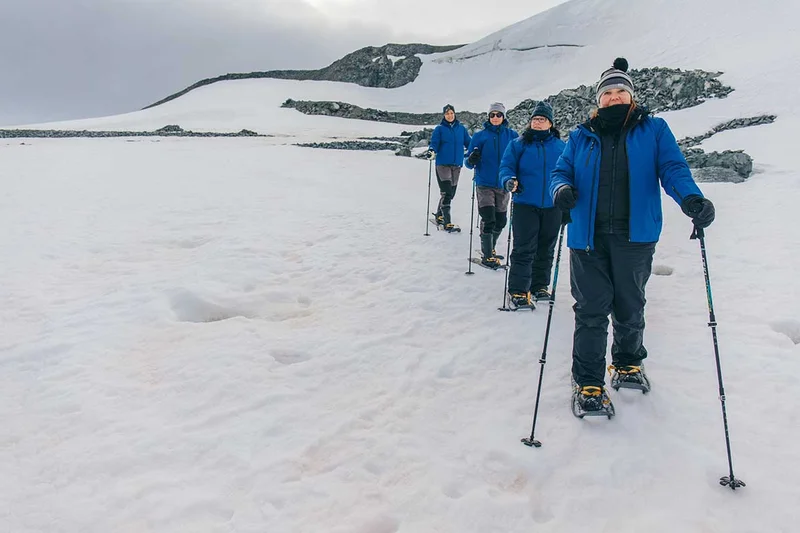
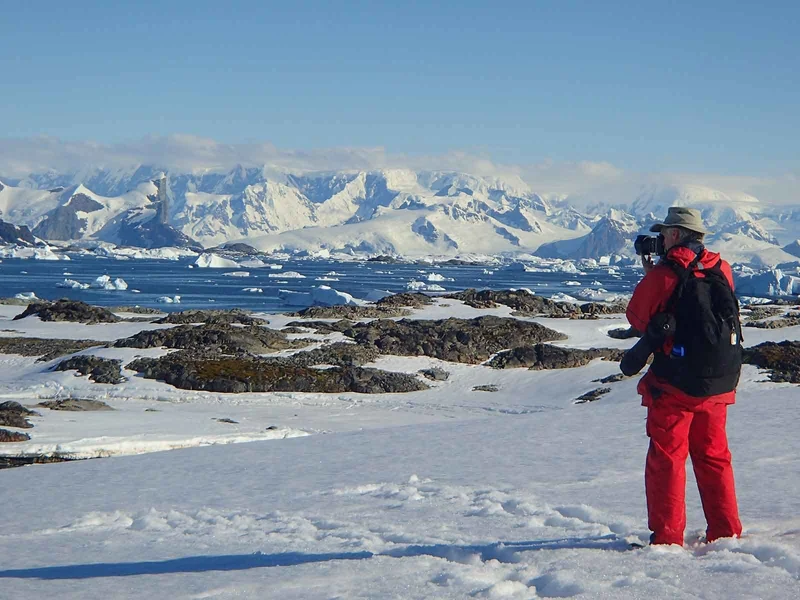
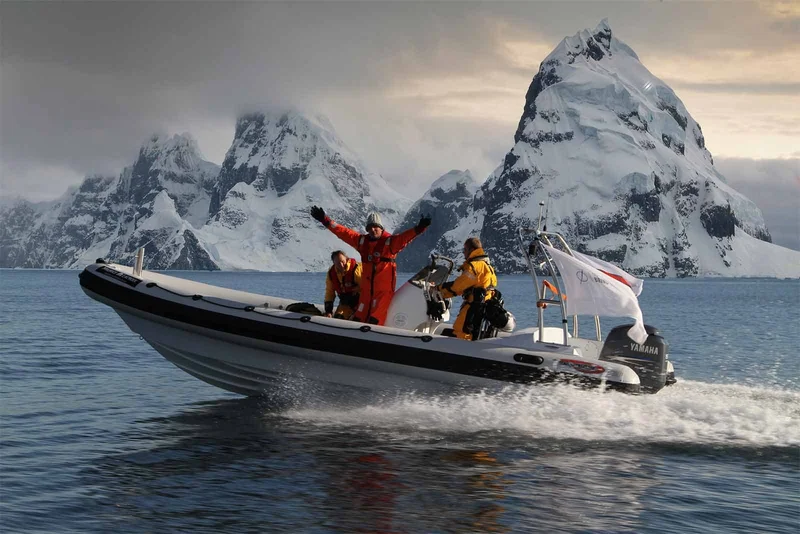

Animals you might see on this itinerary
Antarctica & Falkland Expedition
Why travel with us?
Would you like to know why booking with us is the best choice?
Discover the BenefitsSimilar Itineraries



